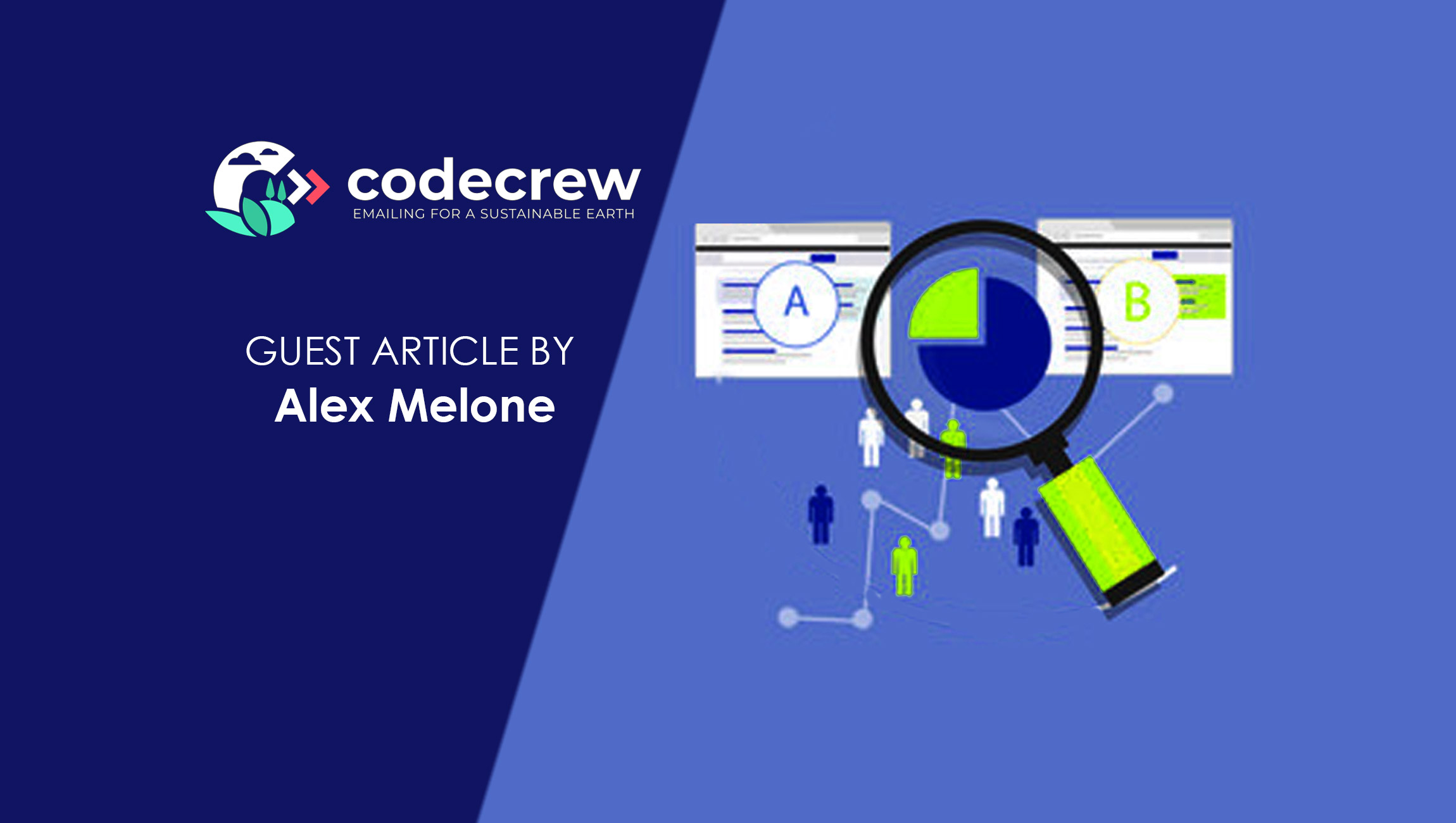As we go into a new year it’s the perfect time to look back on what worked well to ensure a stellar 2024. And, considering that email marketing offers a huge amount of readily available data compared to other marketing channels, it would be a real missed opportunity not to evaluate the information you have and use it to improve engagement and revenue going forward. Alexander Melone, one of the co-founders of CodeCrew Inc in the San Francisco Bay Area, shares a few key findings from the agency’s 2023 email marketing programs.
Lesson #1: In Email Marketing, the Day Matters
The first thing Alexander and his team noticed is that, when launching products or pushing sales, Thursdays had 2% higher opens than Friday when using the same email and send time. In general, Tuesday, Wednesday, and Thursday consistently appear as good days for open rates. To put this into perspective, Wednesdays had a 17% average open rate, while Saturdays had an average open rate of 9%.
One thought on this could be that subscribers aren’t too keen to read emails right before or after the weekend. Mondays and Fridays saw a slightly lower open rate compared to other weekdays, which could indicate that it’s best to send emails while subscribers have mid-week momentum.
Lesson #2: Personalization Matters
During 2023, CodeCrew ran A/B tests on numerous campaigns to see if a personalized subject line made a difference. Again, these emails were exactly the same, apart from one key differentiator. By comparing personalized subject lines with non-personalized ones, CodeCrew discovered that personalized subject lines increase open rates by between 1% and 5%.
Although adding a personalized greeting to your subject line does leave less room for your main message, it also offers the opportunity to get creative with shorter, bolder openers.
Lesson #3: Avoid This Common Subject Line Faux Pas
According to CodeCrew’s internal data from 2023, subject lines that included a brand name performed worse than those without the name included. In fact, by excluding your brand name for a subject line, you could increase open rates by up to 4%.
This does raise some interesting questions: Do brand names come across as too salesy? Do they take the focus away from the customer as the hero? With some further A/B testing, the answers are likely to present themselves.
Lesson #4: The Great Emoji Debate
The use of emojis in subject lines has been a bone of contention in the email marketing industry for many years. CodeCrew found that it really comes down to the brand in question, with no significant difference in performance between emails with and without emojis in their subject lines. That said, for a few brands – and especially during promotional campaigns – CodeCrew discovered that emojis helped increase open rates by up to 10%.
It’s generally agreed that, when a brand is more serious in tone, emojis are best avoided. But that doesn’t mean it’s not worth testing further. Should ALL emojis be avoided, or just the more playful ones?
Marketing Technology News: MarTech Interview with Rob Fox, CTO, HG Insights
Lesson #5: Spend Time On Your Sending Time
Through constant A/B testing, CodeCrew discovered that each brand’s audience had a unique preference with regards to the time they received emails. While there’s no proven best time to send emails, it also highlights the importance of testing to determine the best-performing time for your email sends. Spending some extra time and effort ascertaining the right sending time can get you up to 10% more opens.
Weekend emails are also worth a further look in the coming year. While Sundays are generally avoided in a marketing calendar, the days of checking emails at your desk are long gone. Who knows, maybe Sunday will turn out to be the new Wednesday in 2024.
Summary
Since frequent A/B testing has been a cornerstone of CodeCrew’s success for many years, the agency intends to keep testing and retesting different variables for each client to stay ahead of customer trends.
And, while the indicators above offer a deeper understanding into the preferences of the audience, these will probably change over the next coming months. One thing that stands out from CodeCrew’s findings is that customers expect a brand to cater to their unique preferences. To be in tune with your audience, you’ll need to constantly keep eyes and ears open to any shifts.
Focus groups and endless surveys are costly and time consuming, which confirms the benefit of A/B testing. It’s virtually free, and you can rely on the accurate data each test provides to help continually improve the performance of your email marketing program.
Will customers shun personalized subject lines? Will the emojis fall out of favor? Let’s run a few tests and see what happens this year.
Marketing Technology News: Playing to Win with in-game Audio Advertising











